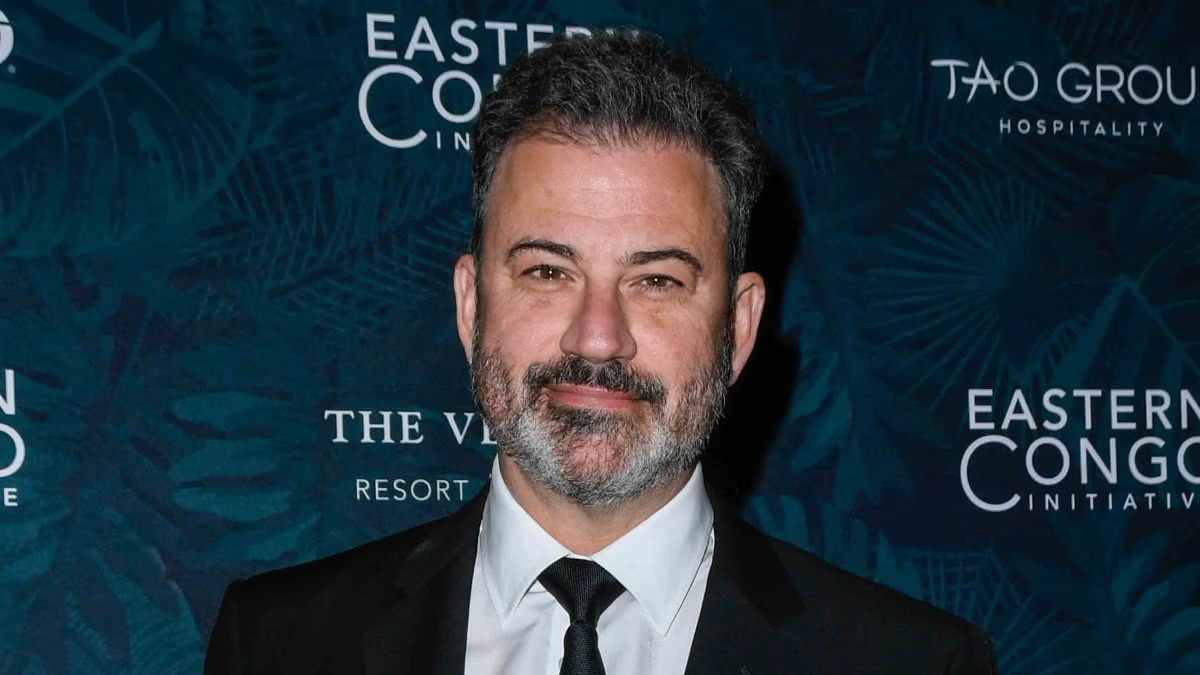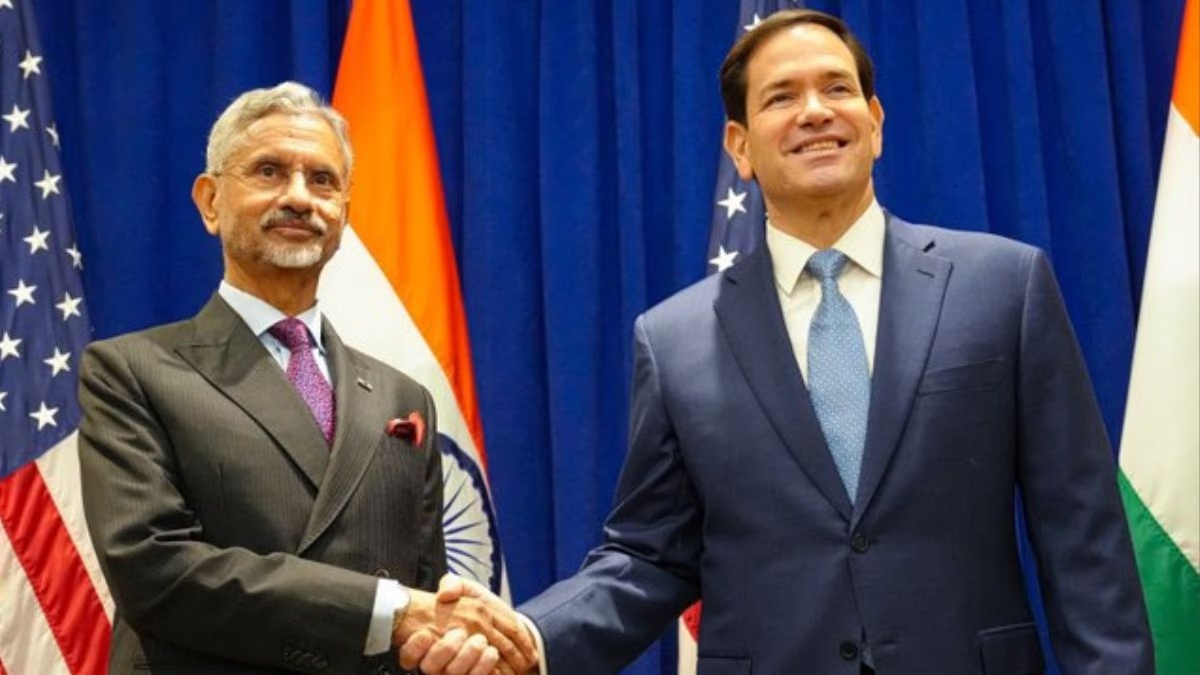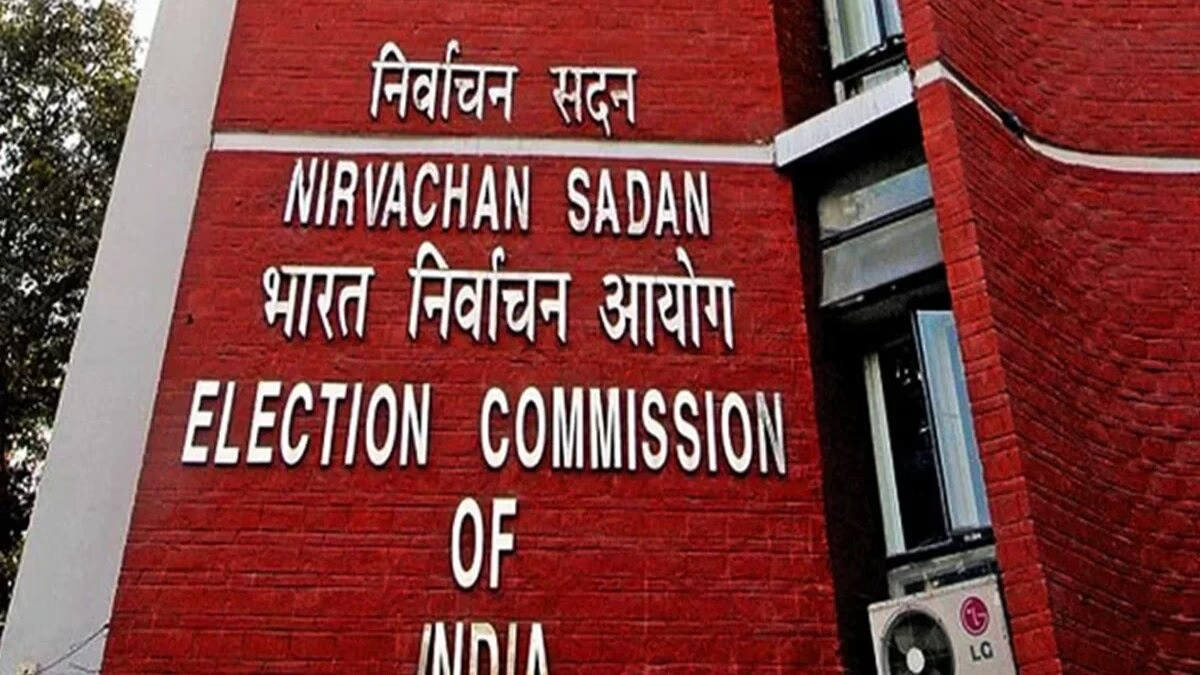Prime Minister Narendra Modi's recent visit to Odisha coincided with former CM Biju Patnaik's birth anniversary on March 5th. Modi paid tributes to Biju Babu, calling it his privilege, and warmly referred to CM Naveen Patnaik as his friend, garnering significant praise. This event has sparked speculations about whether BJD will follow the steps of JD(U) and RLD into their old alliances.
The Rajya Sabha election witnessed BJD backing BJP candidate Ashwini Vaishnaw, seen as a soft signal towards an alliance. Modi's friendly exchange with Naveen Patnaik during his visit added fuel to these rumors. Now, the coalition seems imminent, but why does Patnaik, Odisha's long-standing ruler, now seem to require an alliance?
Indeed, Naveen Patnaik has been Odisha's CM since 2000. Parties like BJP and Congress are attempting to capitalize on anti-incumbency against BJD's long-standing government. BJP, once guided by BJD until 2009, has faced its own leadership challenges in Odisha. Strategically, the party has established strong leaders like Dharmendra Pradhan and Ashwini Vaishnaw and elevated others like Juel Oram, Baijayant Panda, and Manmohan Samal.
BJP's Ascending Trajectory in Consecutive Elections
Before the 2009 elections, BJD announced their split from the BJP alliance. BJP secured 15.1% of the vote share and 6 seats in 2009, and since then, their profile has been on the rise. While BJD emerged as the largest party in 2009 with a 38.9% vote share and 103 seats in the assembly, trends from the 2014 and 2019 elections have increased tensions for Patnaik's party. The rise in BJP's vote share is significant across both elections.
In 2014, BJD's vote share increased to 43.9% with 117 seats, re-establishing their government. Congress and BJP trailed with 26% and 18.2% vote shares, respectively. Post-2014, BJP intensified their efforts in Odisha, and it reflected in their 2019 election performance, rising to the second-largest party. While BJD's vote share marginally increased, their seat count dropped.
Patnaik Eyes Chamlings Record
Naveen Patnaik, synonymous with Odisha's power center, faces the challenge of preserving his indomitable record and seizing the opportunity to surpass Pawan Chamling's record of longest-serving CM. If Patnaik continues for a few more months, he could break Chamling's 24-year tenure. BJP is mobilizing efforts to woo the tribal, backward, and poor communities, the backbone of BJD's prolonged reign. This tactical targeting by BJP has compelled BJD to consider the coalition anew. Recent electoral data suggests that a combined vote share would edge close to 75%, enhancing Patnaik's prospects of a historic sixth term.




